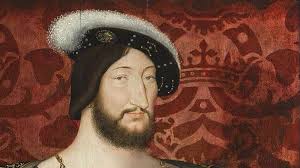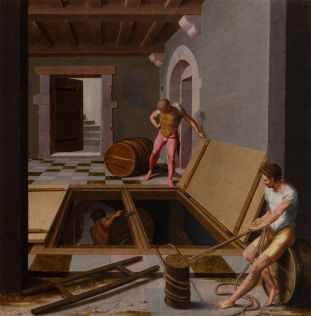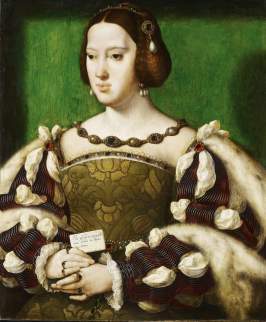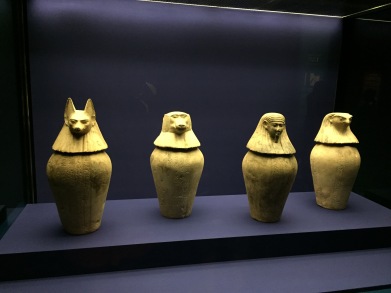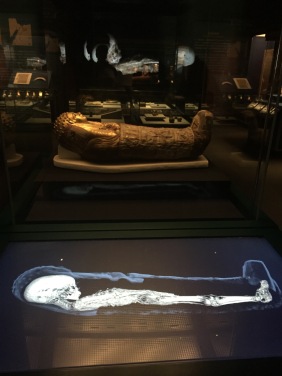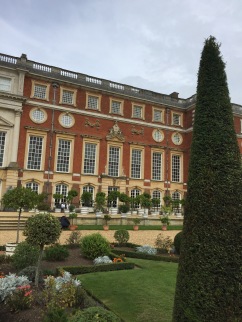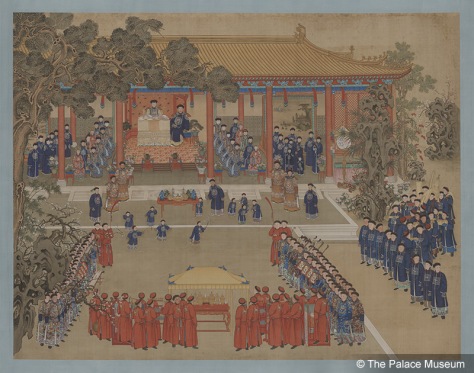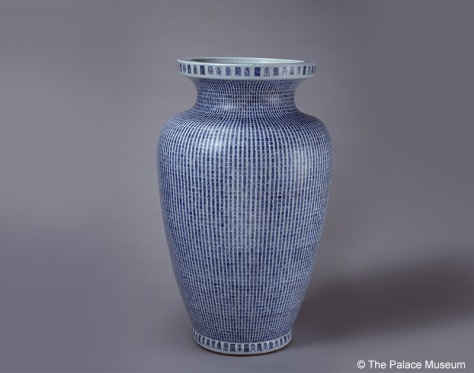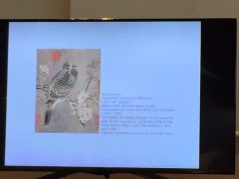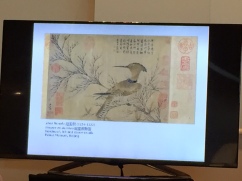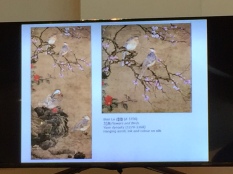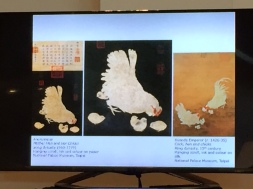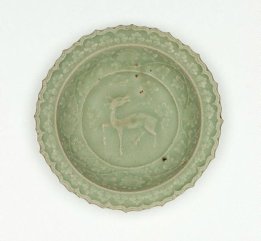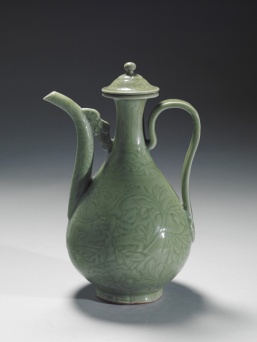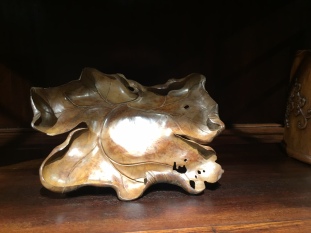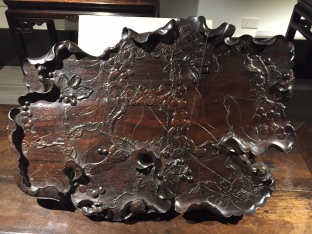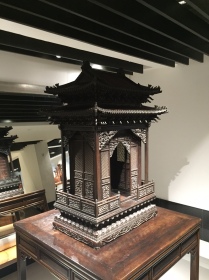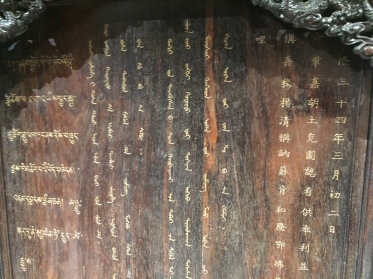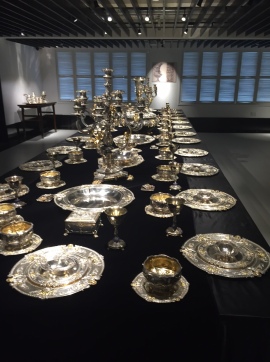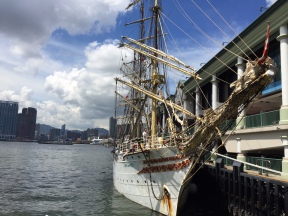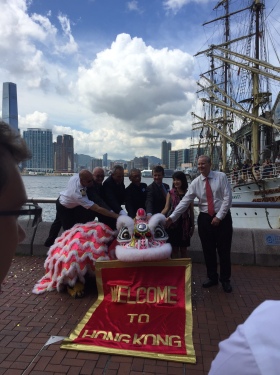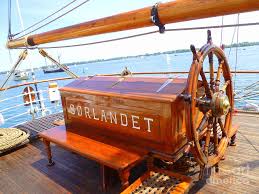
Until October 22, the HK Heritage Museum, in partnership with Dunhuang Academy and the HK Jockey Club, is launching a fabulous exhibition on the Mogoa Caves in Dunhuang, a complex of cavities built over 10 centuries, to be discovered in the middle of a deserted landscape.
A Digital reconstruction
The exhibition displayed over 100 artefacts or reproductions, giving the public intensive details and 3D images of what those fragile caves look like. A very digital experience confronting us with what heritage and museum can be with the help of innovative technologies.
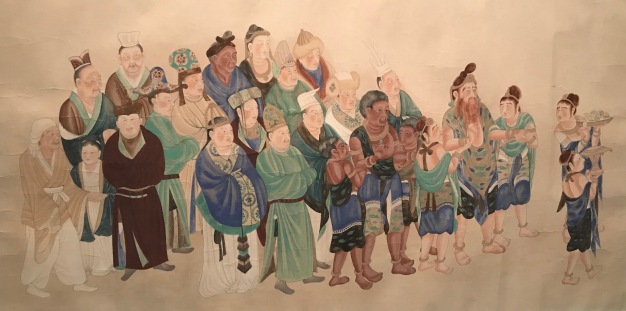
Cave 194 – Princes from different nations attending the sermon – South Wall – Tang Dynasty, copy, @ Mathilde HK .jpg
A croosroad on the edge of East world
The monument, covering over 42000 m2, counting about 500 chapels, was first a religious and sacred area, welcoming merchants and foreigners on the dangerous silk road. Legend has it, a Bouddhist monk founded a small monastery there in 366 after common era. A much bigger city emerged not far from the hill : a destination was created.
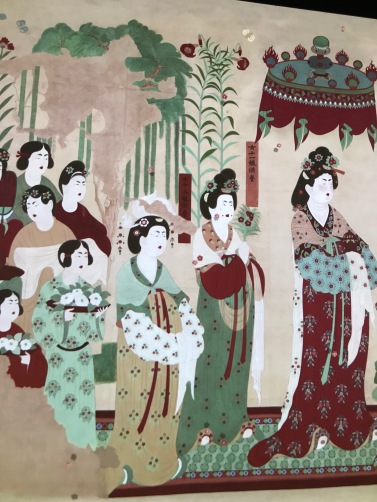
Cave 130 – Donor Portrait of Lady Wang from Taiyuan in Worship, High Tang Dynasty
Copy by Duan Wenjie,@ Mathilde HK .jpg
Travellers, artists and monks painted, or had ordered to be painted, many more caves during the prestigious period of the Tang Dynasty. After that, the site was progressively abandoned, as was the Silk Road. Around the 14th century, it remained a local pilgrimage destination secretly hidden from the greed of thieves and foreigners… to be rediscovered only at the beginning of the 20th century by different archaeologists who couldn’t believe their eyes…
Open to Public since 1980, part of Unesco Heritage since 1996, the Mogoa caves are to the Buddhist world what Jerusalem is to Christians : A landmark of their cultural identity. As they are fragile and subject to violent winds and sandstorms, their scanning and videorecording seem the best preservation option to both curators and local authorities.
Don’t miss that exhibit!
Admissions
| Monday, Wednesday to Friday | : 10am – 6pm |
| Saturday, Sunday and public holidays | : 10am – 7pm |
Tickets – 20 hkd – 10hkd only on Wednesdays



